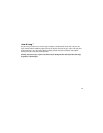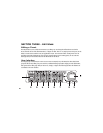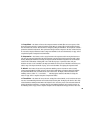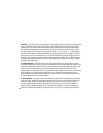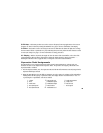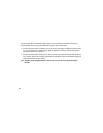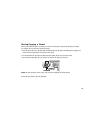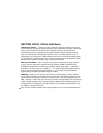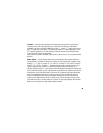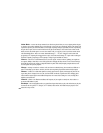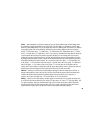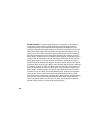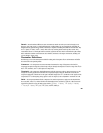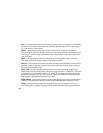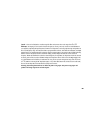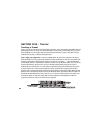
Fretless - The Fretless bass simulations in the Bass30 shape the attack of your instrument by
combining an auto swell on the high frequencies, a subtle wah on the mid range, with detailed
equalization. The choices of fretless simulations range from -- (bypass), F1 (fretless into an Ampeg
SVT), F2 (Fretless into a Trace Elliot), F3 (Fretless into a SWR), F4 (a bowed upright bass), and
F5 (a plucked upright bass). The Gain parameter controls the amount of swell. The EQ and Gate
controls operate the same as the Amp Models.
Ampeg, Trace Elliot, and SWR are trademarks of their respective companies and are in no way associated with DOD
Electronics.
Bass Synth - The Bass Synth simulates the bass sounds found in many popular synthesizers.
The Bass30 utilizes 4 different waveforms and 3 variations on each waveform. The waveforms include
rectangle (r1, r2, and r3), triangle (t1, t2, and t3), saw-tooth (S1, S2, and S3), and pulse
width (P1, P2, and P3). Two dashes -- indicate that the Bass Synth is bypassed. Variation 1 is an
upward sweeping envelope, variation 2 is a downward sweeping envelope, and variation 3 is a
manually controlled envelope (4 - Bass Synth Speed must be assigned to the Expression Pedal in order
for any of the third variations to work). The Bass Synth incorporates the use of synthesized waveforms,
sub-harmonics, and an octave shift into the sound. There are 10 parameters associated with the Bass
Synth: Gain (fundamental frequency mix), Treble EQ (octave mix level), High-Mid EQ (high tone
control), Low-Mid EQ (low tone control), Bass EQ (the sub-harmonic mix level), Speed (rate of
envelope sweep), Depth (intensity of wah or envelope sweep), Amount (percentage of duty-cycle for
pulse width wave forms), Level (Bass Synth mix), and Gate (see noise gate definition). When the Bass
Synth is active, the Compression, Wah, and Auto Wah are disabled.
19



